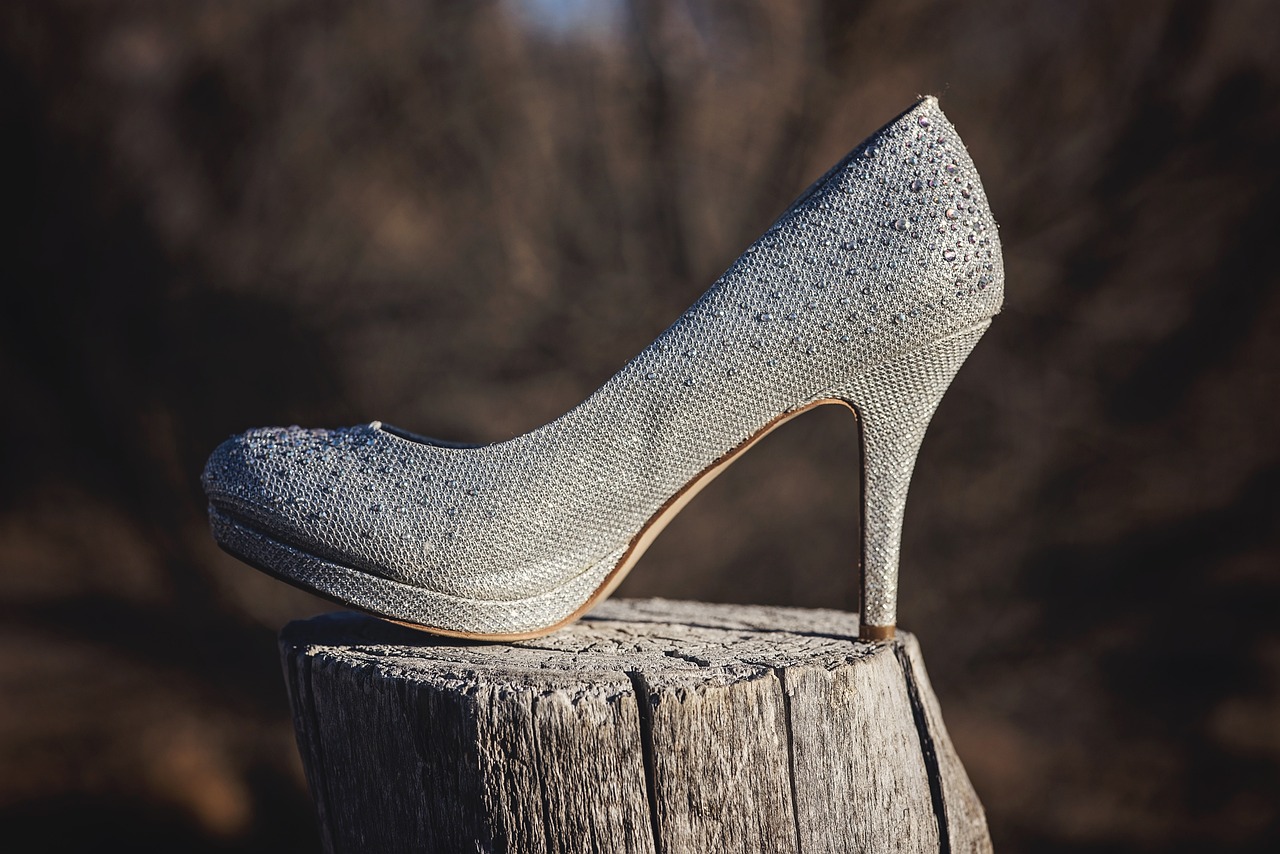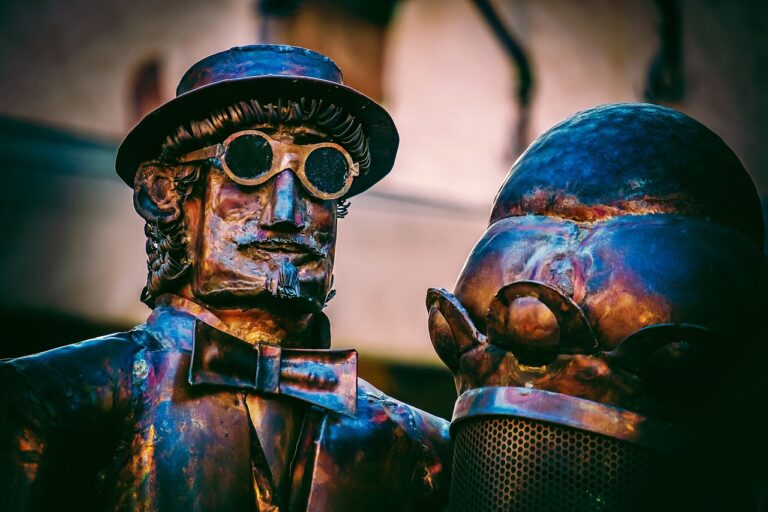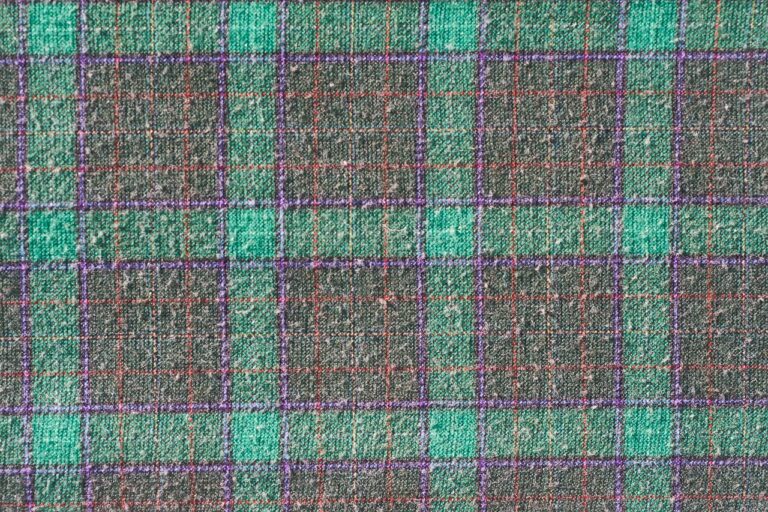Fashion Technology Trends: From 3D Printing to Virtual Fitting Rooms
Fashion technology is continually evolving, pushing the boundaries of what is possible in the world of style and design. From 3D printing to virtual fitting rooms, these innovations are revolutionizing the way we shop, create, and interact with fashion. Let’s take a closer look at some of the exciting trends shaping the industry today.
3D Printing
3D printing has been a game-changer in the fashion industry, allowing designers to create intricate garments and accessories that would be impossible to produce using traditional methods. From avant-garde couture pieces to customizable jewelry, 3D printing offers endless possibilities for creativity and personalization.
Virtual Fitting Rooms
Gone are the days of awkwardly trying on clothes in cramped dressing rooms. Virtual fitting rooms use augmented reality technology to allow shoppers to try on garments virtually, giving them a realistic sense of how the clothing will look and fit before making a purchase. This not only enhances the online shopping experience but also reduces the number of returns, resulting in a more sustainable fashion industry.
Smart Fabrics
Smart fabrics are another exciting trend in fashion technology. These materials are embedded with sensors or other electronic components that can monitor vital signs, track activity levels, or even change color or texture in response to environmental factors. Smart fabrics are paving the way for functional and fashionable clothing that can adapt to the needs of the wearer.
Blockchain Technology
Blockchain technology is revolutionizing the way we track and authenticate products in the fashion industry. By creating a decentralized and transparent network, blockchain can ensure the authenticity of luxury goods, track supply chains, and even enable customers to resell or recycle their clothing with ease. This technology is essential for combating counterfeit products and promoting sustainability in fashion.
Artificial Intelligence
Artificial intelligence is transforming the way we shop for clothes online. AI algorithms can analyze customer data to provide personalized recommendations, predict trends, and even design new collections based on consumer preferences. By harnessing the power of AI, fashion brands can streamline the design process, reduce waste, and offer more personalized shopping experiences to their customers.
Robotic Manufacturing
Robotic manufacturing is revolutionizing the production process in the fashion industry. By automating repetitive tasks such as cutting, sewing, and finishing garments, robots can increase efficiency, reduce errors, and minimize waste. This technology not only speeds up the production process but also allows for greater flexibility and customization in manufacturing.
FAQs
Q: How is 3D printing being used in fashion?
A: 3D printing is being used to create intricate garments, accessories, and even shoes that would be impossible to produce using traditional methods. Designers are pushing the boundaries of creativity with this technology.
Q: What are virtual fitting rooms, and how do they work?
A: Virtual fitting rooms use augmented reality technology to allow shoppers to try on clothes virtually. By superimposing the garments onto a digital image of the shopper, virtual fitting rooms give a realistic sense of how the clothing will look and fit.
Q: How are smart fabrics changing the fashion industry?
A: Smart fabrics are embedded with sensors or electronic components that can monitor vital signs, track activity levels, or even change color or texture. These materials are paving the way for functional and fashionable clothing that can adapt to the needs of the wearer.
Q: What is blockchain technology, and how is it being used in fashion?
A: Blockchain technology creates a decentralized and transparent network that can track product authenticity, supply chains, and even enable customers to resell or recycle their clothing. This technology is vital for combating counterfeits and promoting sustainability in fashion.
Q: How does artificial intelligence impact the fashion industry?
A: Artificial intelligence analyzes customer data to provide personalized recommendations, predict trends, and even design new collections. By harnessing AI, fashion brands can streamline the design process, reduce waste, and offer personalized shopping experiences.
Q: How are robots changing the manufacturing process in fashion?
A: Robots are automating repetitive tasks such as cutting, sewing, and finishing garments to increase efficiency and reduce errors. This technology speeds up production, increases flexibility, and allows for greater customization in manufacturing.







